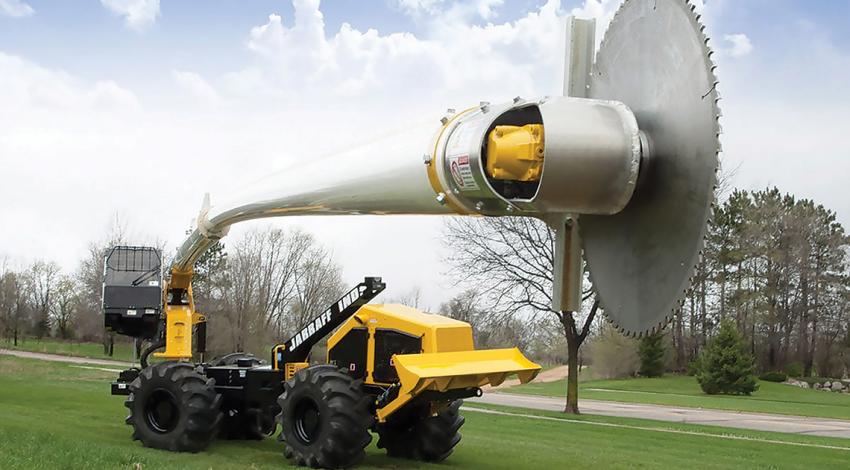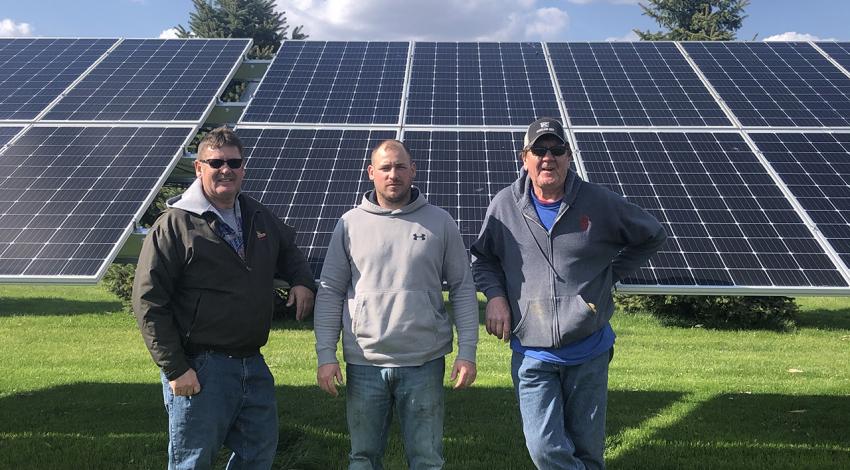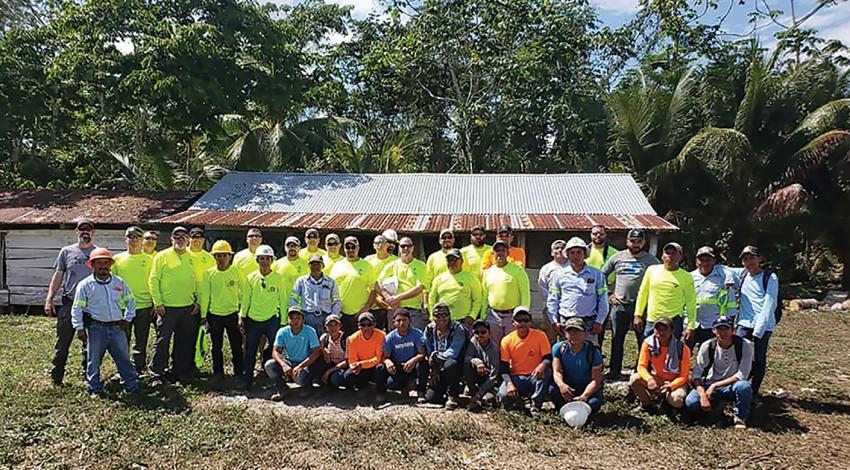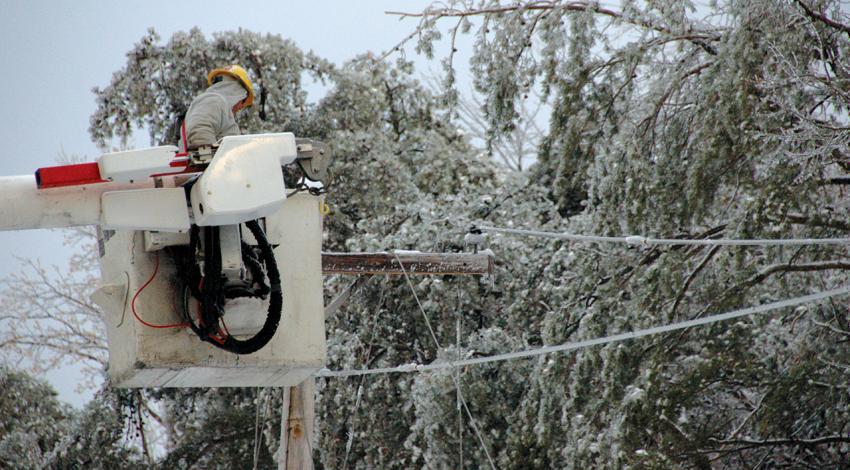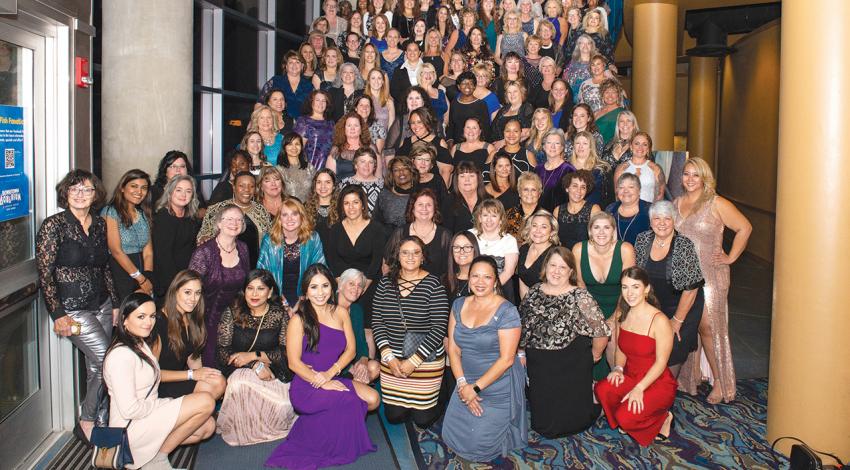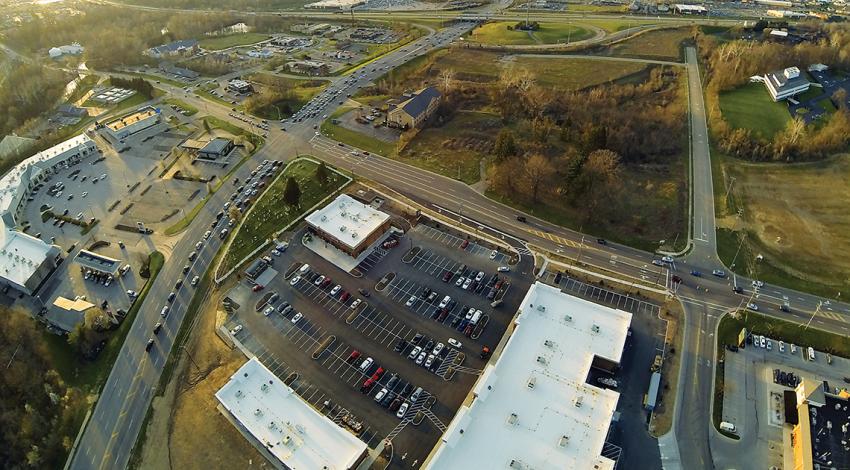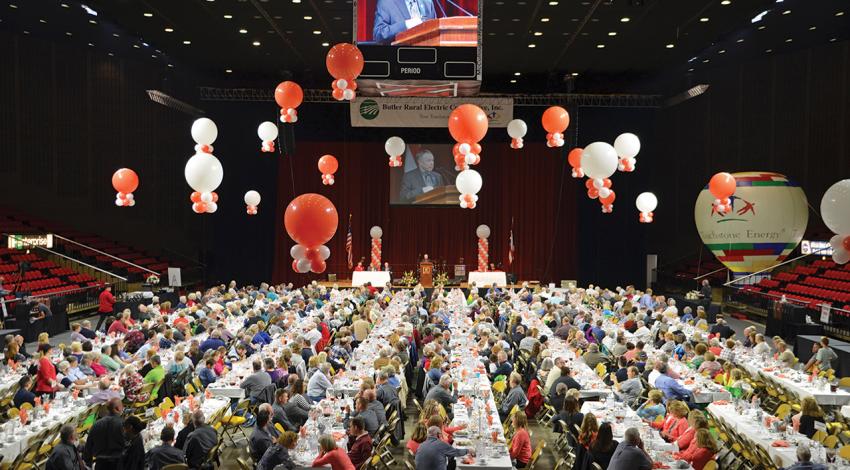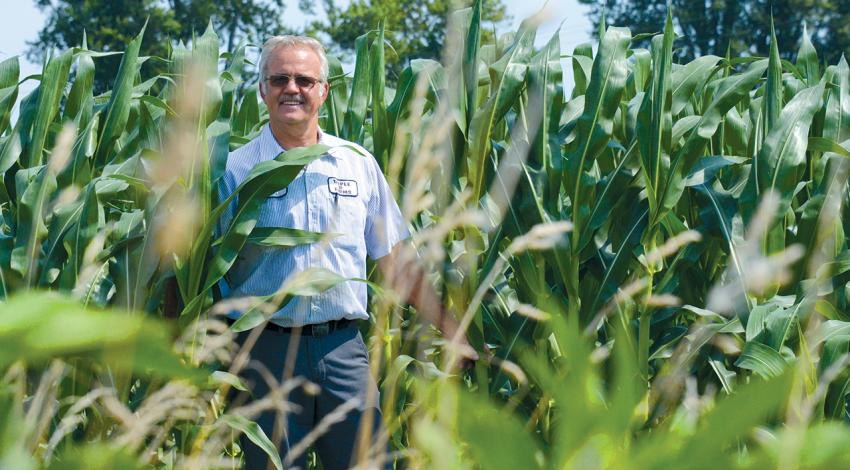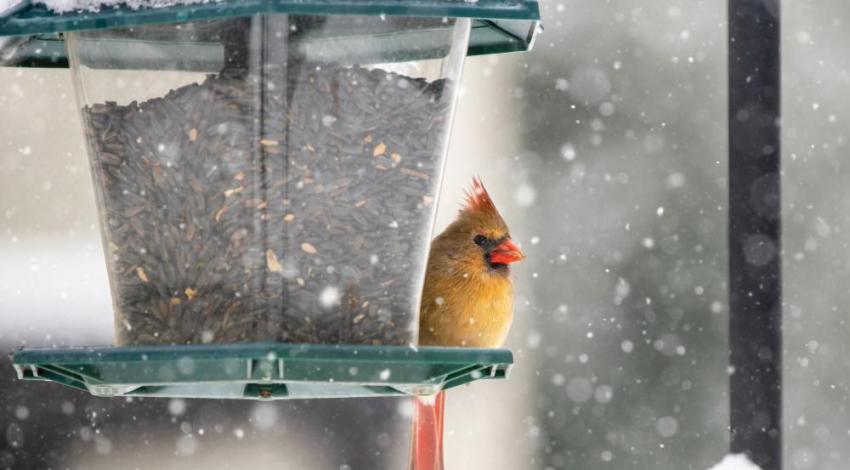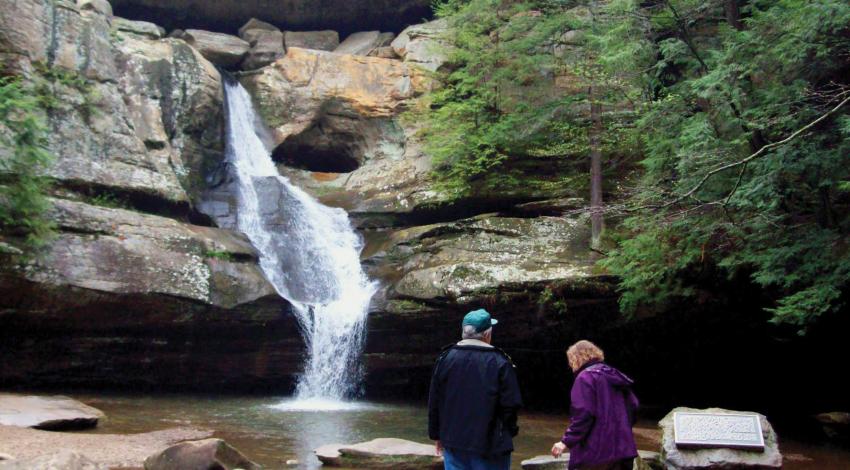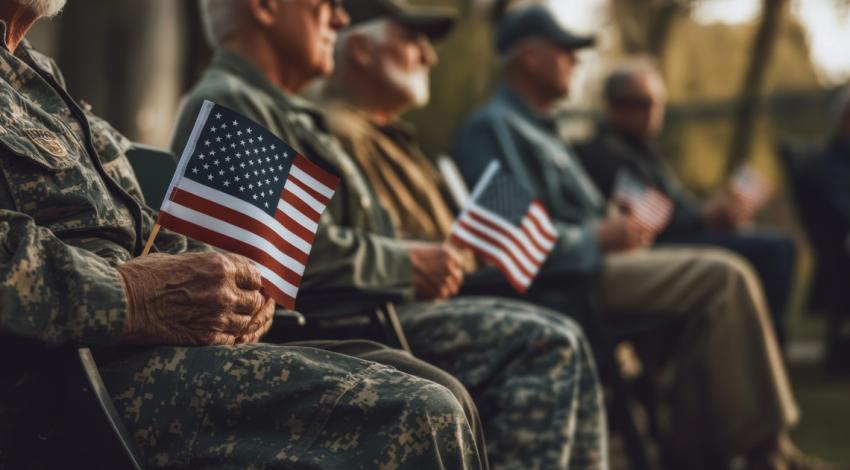It’s a common sight, especially during the spring and summer growing season — crews cutting away tree limbs and foliage that have gotten too close to nearby power lines.
Generally, anything within a set distance on either side of the lines, as well as above and below the lines, must come down to prevent contact — especially when storms roll through. Without ROW maintenance, obtrusive branches and limbs often can be blown into the lines, creating dangerous and costly power outages.
